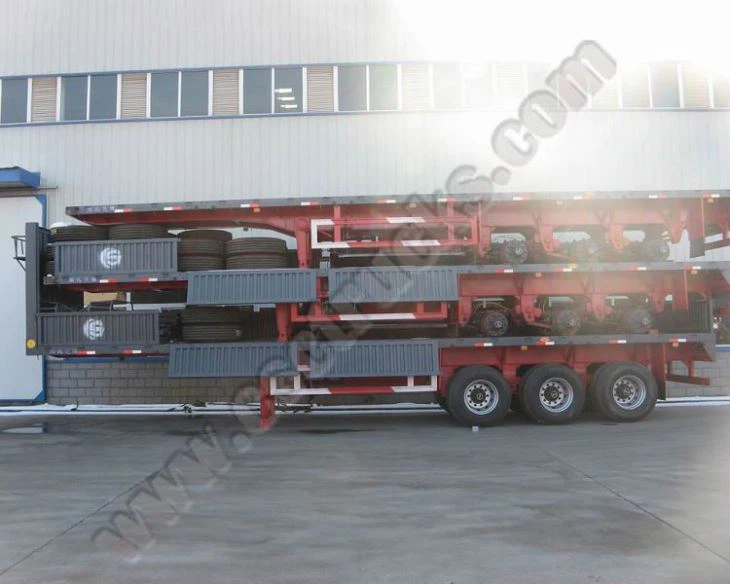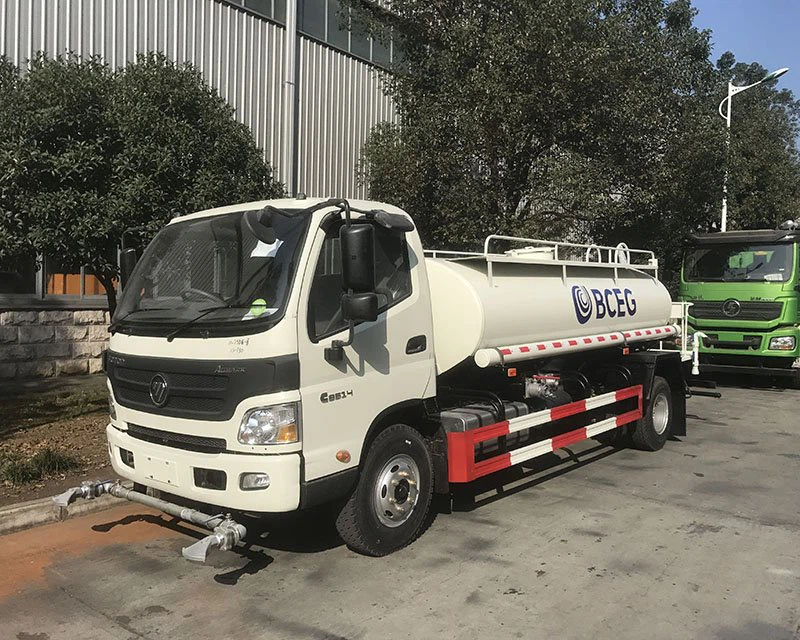Mastering the Art of Loading Dump Trucks: A Comprehensive Guide

Loading dump trucks is a vital process in construction and transportation industries, ensuring materials are moved efficiently and safely. This article delves into various aspects of loading dump trucks, covering everything from proper techniques and safety measures to tips that boost efficiency. Let’s explore the essential knowledge that every operator and supervisor should know about loading dump trucks.
Understanding Dump Trucks
What is a Dump Truck?

A dump truck is a specialized vehicle equipped with an open-box bed that can be raised at the front to facilitate the unloading of materials. They are commonly used in construction, mining, and waste management for transporting bulk materials such as sand, gravel, dirt, and debris.
Types of Dump Trucks
- Standard Dump Truck: Features a straight truck chassis with a dump bed that tilts upwards for unloading.
- Articulated Dump Truck: Composed of two pieces: the cab and the body. It’s suited for rough terrain.
- Side Dump Truck: Unloads materials from the side, ideal for quick unloading of larger loads.
- Transfer Dump Truck: Combines a dump truck and trailer for increased hauling capacity.
The Importance of Proper Loading Techniques
Efficiency in Operations
Proper loading techniques enhance the efficiency of dump truck operations. The speed and accuracy of loading directly affect productivity and can reduce operational costs in the long run.
Safety Considerations
Improper loading can lead to accidents and damage equipment, making safety a top priority. Following best practices protects operators and the worksite.
Loading Dump Trucks: Step-by-Step Guide
1. Preparing for Loading
Before loading a dump truck, ensure the following:
- Inspect the Truck: Check for any mechanical issues or signs of wear.
- Safety Gear: Ensure all personnel are wearing appropriate safety gear.
- Site Assessment: Evaluate the loading site for hazards and ensure clear access.
2. Positioning the Dump Truck
Accurate positioning is crucial for effective loading. Position the truck:
- Close enough to the loading source to minimize material loss.
- On stable ground to prevent tipping during loading.
- In a way that allows for easy unloading afterward.
3. Loading Techniques
Using a Front-End Loader
When using a front-end loader to fill the dump truck:
- Approach the truck at a slight angle for better visibility.
- Fill evenly to maintain balance and prevent tipping.
- Watch for overloading signs; refer to the truck’s weight capacity.
Using a Conveyor System
For materials loaded via a conveyor:
- Ensure the conveyor is set to direct the material into the truck bed securely.
- Regularly monitor the filling process to avoid overloading.
- Adjust the conveyor height if necessary for optimal flow.
4. Monitoring the Load
During the loading process, continuously monitor the truck bed for:
- Weight distribution: This prevents the load from shifting during transit.
- Height of the load: Ensure it does not exceed legal limits.
- Material consistency: Make sure the load is compact for better stability.
5. Post-Loading Procedures
Once loading is complete, follow these steps:
- Secure the Load: Use tarps or nets to contain loose materials.
- Check Weight: Use scales to confirm the truck is within legal weight limits.
- Inspect for Stability: Ensure the load is securely balanced before driving.
Common Loading Issues and Solutions
Overloading Dump Trucks
Overloading can lead to serious hazards:
- Problem: Increased wear on the truck and braking system.
- Solution: Regularly weigh loads and use signage to indicate maximum capacity.
Uneven Loads
Uneven loading can cause instability:
- Problem: Risk of tipping during transit.
- Solution: Fill loads evenly and instruct loading personnel on proper techniques.
Maintenance Tips for Dump Trucks
Regular Inspections
Conduct regular inspections focusing on:
- Tires: Ensure they are properly inflated and have sufficient tread.
- Brakes: Check for wear and tear.
- Hydraulics: Inspect hoses for leaks and functionality.

Scheduled Service
Follow a maintenance schedule:
- Engine Oil Changes: Every 500 to 1000 hours of operation.
- Fluid Levels: Regular checks on oil, coolant, and hydraulic fluid.
- Filter Replacements: Change air and fuel filters as per manufacturer guidelines.
Advanced Tips for Efficient Loading
Utilizing Technology
Incorporating technology can streamline loading processes:
- Telematics: Monitor truck performance and operation remotely.
- GPS and Mapping: Optimize routes and loading sequences for efficiency.
Training and Education
Provide regular training to operators:
- Focus on loading techniques and safety protocols.
- Encourage feedback from operators for continual improvement.
FAQs About Loading Dump Trucks
1. What is the maximum weight a dump truck can carry?
The maximum weight varies by truck type but typically ranges from 10 to 40 tons. Always consult the manufacturer’s specifications.
2. How can I ensure my load is balanced?

Load materials evenly across the truck bed, distributing weight evenly from front to back, and side to side to maintain stability.
3. What materials can be loaded into a dump truck?
Dump trucks can carry a variety of materials, including dirt, sand, gravel, asphalt, debris, and construction waste.
4. Are there specific regulations for dump truck loading?
Yes, regulations exist concerning weight limits and securing loads to ensure road safety and comply with state and federal laws.
5. How often should dump trucks be serviced?
Dump trucks should undergo regular inspections and maintenance, typically every 500 to 1000 hours of operation, depending on usage and manufacturer recommendations.
6. What should I do if the truck becomes unstable while loading?
If the truck becomes unstable while loading, stop the loading process immediately, assess the situation, and adjust the load before continuing.
